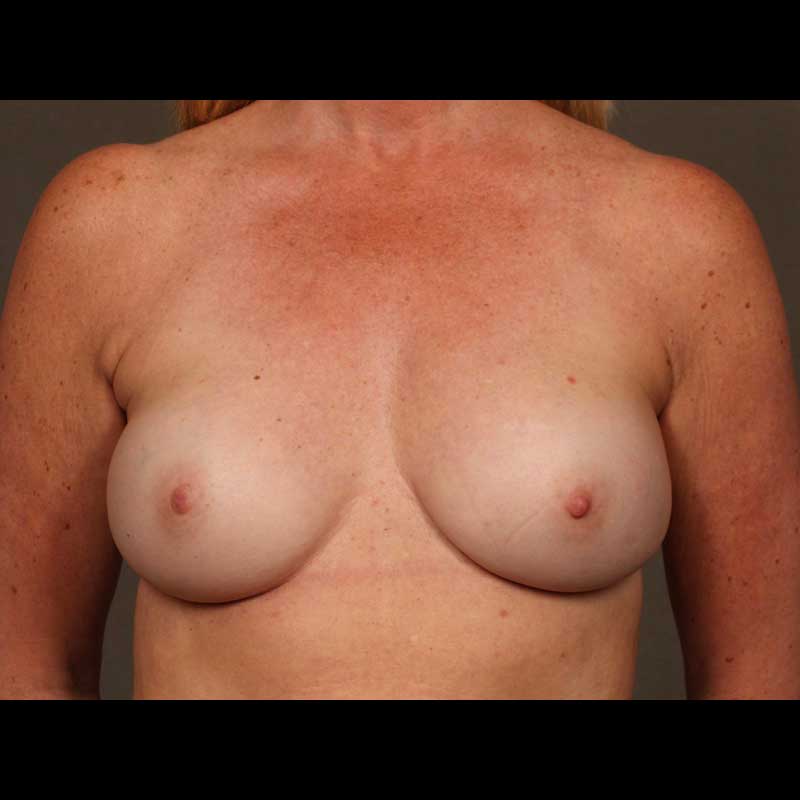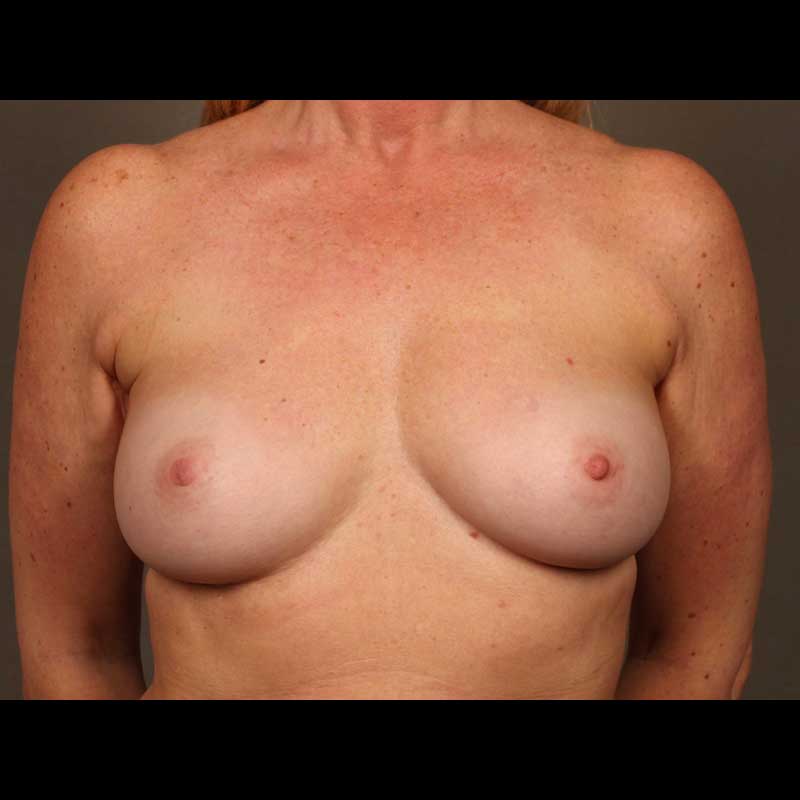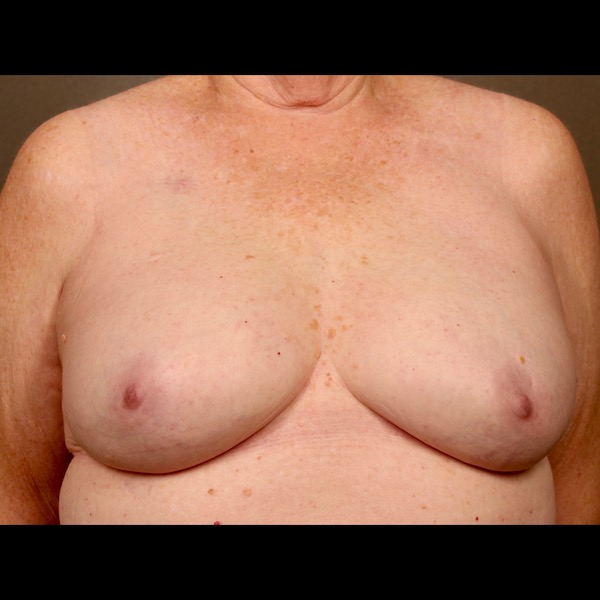Summary
A lumpectomy can be combined with a breast reduction or lift in women with larger or sagging breasts. Oncoplastic breast reduction/lift is designed to remove the tumor and reduce or reshape breast contour based on your aesthetic goals.
Breast reduction and breast lift (mastopexy) techniques are often very similar. Both procedures can elevate breast nipple and areola position. A breast reduction differs in that it also removes a considerable amount of breast tissue. An oncoplastic breast reduction is ideal for women with large breasts, while an oncoplastic breast lift suits women with sagging breasts.
Types of procedures
- Oncoplastic breast reduction: Breast reduction is designed so that the cancerous tissue is taken out within the breast tissue that would normally be removed as part of the planned reduction. This often allows for a tumor removal with a much larger margin of surrounding tissue, which helps ensure that the cancer is completely excised. The nipple and areola are repositioned after the reduction.
- Oncoplastic breast lift (mastopexy): Lumpectomy is performed through the planned mastopexy incisions using a breast lift technique. Excess breast skin is removed, and the breast is reshaped with the nipple and areola in a higher position.
Procedure details
- You and your surgeon review the location of the tumor prior to surgery in order to properly plan your reduction or lift
- Patient is marked in the standing position
- The lumpectomy is performed by the breast surgeon through our design for the reduction or mastopexy
- The remainder of the reduction or mastopexy are performed by your plastic surgeon
- A matching mastopexy or reduction is performed on the other breast to preserve symmetry
- The nipple and areola are elevated to a more youthful position on both sides
- The breasts are reshaped and the skin is closed
Risks & Benefits
Both oncoplastic breast reductions and mastopexies can dramatically improve your breast shape and may treat chronic neck and back pain related to large breasts. As part of breast conservation therapy, the breast that contained malignant tissue will be radiated. Small breasts are easier to radiate and have less complications related to radiation when compared to large breasts.
As with all breast reductions and lifts, incisions around the areola can interfere with sensation and may prevent breast feeding. It is important to remember that radiation therapy will still affect breast contour. Changes can include skin tightening and possible breast volume loss, which you may elect to have revised in the future.
Frequently Asked Questions
Should I wait until after radiation to have the reduction or lift on my other breast?
While you can certainly wait until after radiation to operate on the opposite breast, the advantage of performing the reduction/lift on both breasts simultaneously is that you will likely avoid multiple surgeries. A delayed approach, on the other hand, guarantees at least two procedures.
The radiated breast may contract following treatment, but many patients find that the difference is not significant enough to warrant any additional procedures. We may also purposely leave the breast which will be radiated slightly larger at the time of reduction to account for a small contracture in size.
During your consultation, you and your surgeon will review before and after photos to help you make an informed decision.





